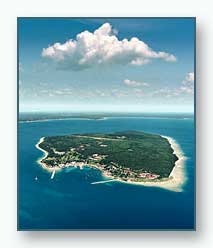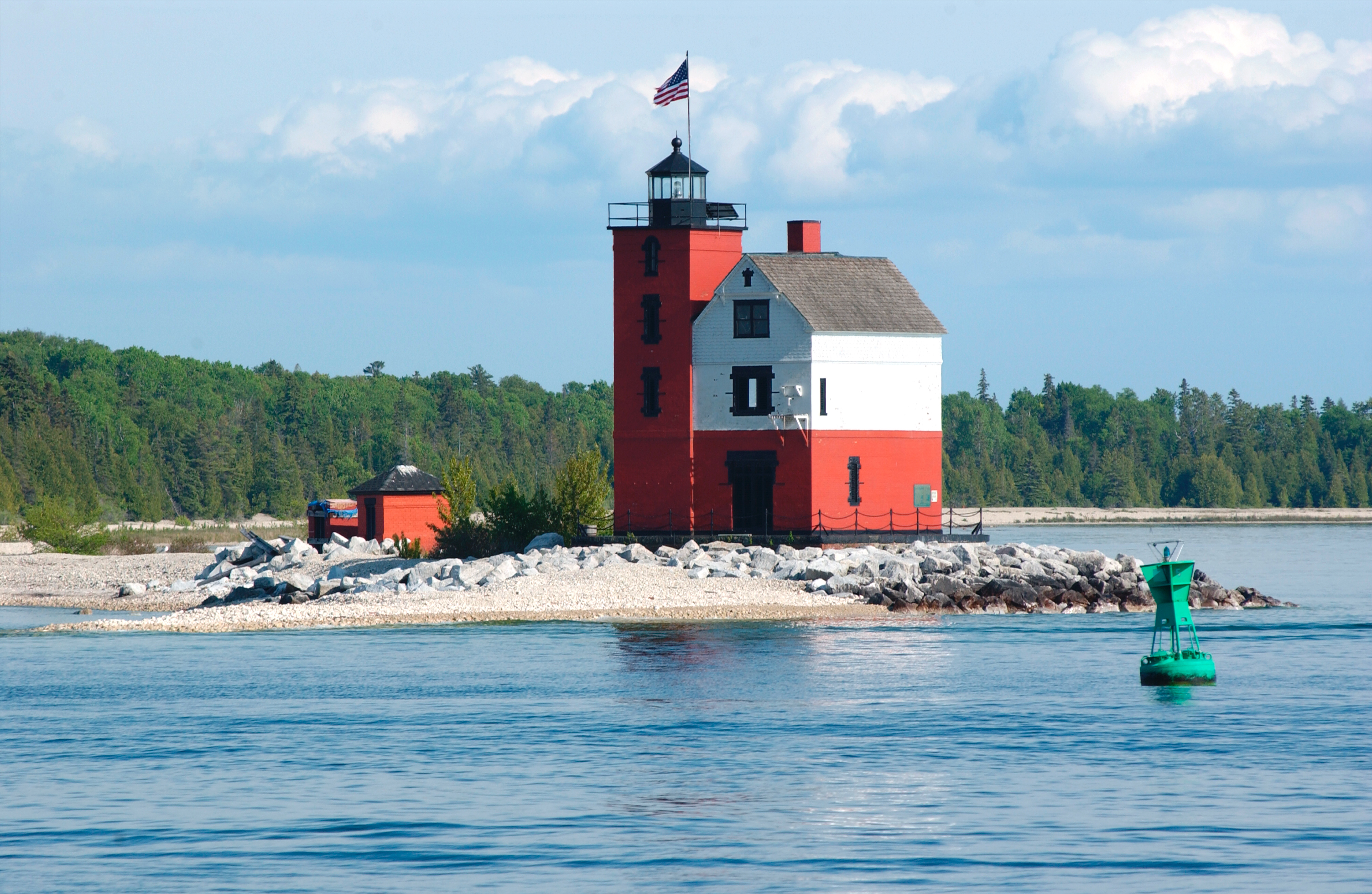HISTORY
Mackinac Island was originally inhabited by the Anishinaabe-ojibwe tribe. They named the island Michilimackinac, which meant "great turtle." The tribe believed the island resembled the back of a turtle emerging from the water. In the 1670's French fur traders found the island and used it as a trading post. They shipped loads of pelts from the island to the lower peninsula in canoes.
By the 1830's Mackinac turned into a fishing community. It was only a successful fishing community for a few decades before railway transportation out did the small island's shipping transportation. By the Victorian era, Mackinac was transformed into a tourist site. It was this time when hotels were developed on the island, including the Grand Hotel. Since then, little has changed on the island. Horses are the main source of transportation along with bicycles. "Horseless-carriages," or cars, were banned to keep the environment save and well preserved.
The Island itself is a great look into the past. Many traditions and historical sites have been preserved.


The best times to visit Mackinac Island are late spring to late summer. This time of the year has the best chance of a beautiful day and the warmer weather. The island is full of life. Flowers in full bloom and lush trees gives the island a feel of a northern paradise.
Mackinac Island is located just north of Michigan's Lower Peninsula. It sits in Lake Huron, just east of the Straits of Mackinac
- Mackinac Island is home to around 500 People.
- Tourists are referred to as "Fudgies." Don't be offended if you hear it. The islanders consider it a term of endearment, because most visitors purchase fudge
- During the coldest winter months, visitors reach the Island by the "Ice Bridge." Also known as a frozen over Lake Huron.